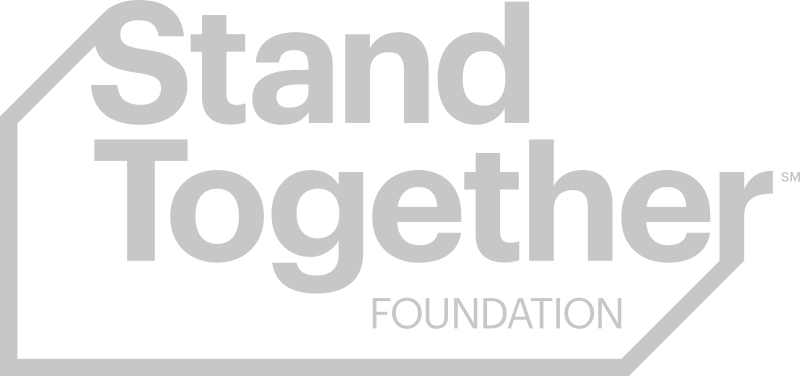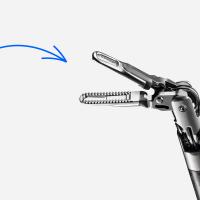Physically and emotionally exhausted, people suffering from professional burnout can find themselves spinning out at work, feeling negative, disillusioned or unempowered. They may have to drag themselves into a job that they once enjoyed.
And a burnout wave is hitting our educational system’s most critical element: the teachers.
“In a recent survey, 85% of the teachers polled were showing signs or at-risk of professional burnout,” says Lydia Hampton, a former teacher. Now, Hampton serves as the curriculum director of Empowered — a community of teachers that advocates for experiential learning and more freedom for teachers in the classroom, so they can individualize the experience for their students.
“Empowered is a community of educators that are coming together to share resources and innovate the way that we think about education,” Hampton says.
Hampton’s experiences at the front of the classroom have led her to believe that the current educational system, although built with the best interests of students and teachers in mind, has “lost faith and trust in its teachers,” Hampton says.
“And it’s time to do something about it.”
The Wichita, Kansas based organization is working toward a solution that, ultimately, hopes to solve America’s teacher burnout problem by increasing teacher agency and reimagining how classrooms operate.
“Imagine what our schools, communities, and our society would look like if we really, truly believe in our teachers again. And they felt that,” Hampton says.
“How powerful could that be?”
Fighting Teacher Burnout
According to a survey conducted in 2019 by PDK International, more than half of teachers plan on quitting the profession, which comes as little surprise: in recent years, teachers have reported the lowest level of job satisfaction that they have in half a century.
“We became a lot more about jumping through hoops. Requirements that make absolutely no sense,” Rose Weaver, a Spanish and English teacher, testifies on the organization’s site. The time taken away from teaching caused Weaver to feel as if she was letting her students down.
“I’m exhausted and burning out, but I need to keep providing the best education I can.
Scott St. Dennis
And the pandemic is only making matters worse, as teaching in the midst of COVID-19 “feels like we’re building an airplane, while we’re already in the air flying,” as English teacher Kate Strein told Empowered.
Empowering Teachers
There are 3.2 million teachers in the U.S., Hampton says, each teaching thousands and thousands of students throughout their careers. Empowered wants to, well, empower those teachers by encouraging more experiential learning methods, which lead to individualized learning experiences for their students.
The organization provides materials centered around experiential learning, hands-on projects for teaching concepts that bring real-world relevancy to the classroom. It also serves as a community of encouragement and support for offering advice, sharing ideas with other educators, and professional development.
Empowered wants to make sure teachers are equipped to make a difference in the lives of their students, not just get through the day.
Teachers can use these experiential learning methods to help students connect to their value and how everyone can contribute to society in meaningful ways.
Experiential Learning
“Every industry has changed, outside of education,” Mik Love, director and partnership advisor, says in a video for Empowered.
The traditional method of education is one-size-fits-all, a top-down approach. A teacher stands at the head of the class, lecturing to students arranged in rows.
“Believing that everyone learns the same way; that’s extremely challenging,” Love says. “To understand that I have 30 different kids, with 30 different unique abilities and talents, but they’re all supposed to learn the same content.”
Instead, with experiential learning, hands-on experiences can meet students where they’re at, allowing them to engage in the learning no matter their ability level. That methodology is based on three decades of classroom experience, Hampton says in the same video, and is designed to reach the students on an emotional and behavioral level.
“It allows you, the educator, to drive to the heart of what your students care about.”
Activities like lab experiments, internships, and studios promote “interdisciplinary learning, civic engagement, career development, cultural awareness, leadership, and other professional and intellectual skills,” according to Boston University’s Center for Teaching and Learning.
For example, in a vacant lot project, students examine an actual vacant lot and figure out what to put there based upon what the community needs, grounding concepts like social entrepenurialship in the real world. Breaking down the cost of goods sold for ice cream sundaes allows students to work on their math skills in a way that makes sense — and, y’know, may actually be used in their life — while the “I, Pencil” activity tasks students with figuring out everyone involved in making the ubiquitous classroom object, which can illuminate economic complexities.
Empowered’s experiential learning approach looks to give teachers the trust, resources, and community they need to change how they teach — and how students learn.
“We can’t truly help our kids until we truly empower our teachers.”
Lydia Hampton



